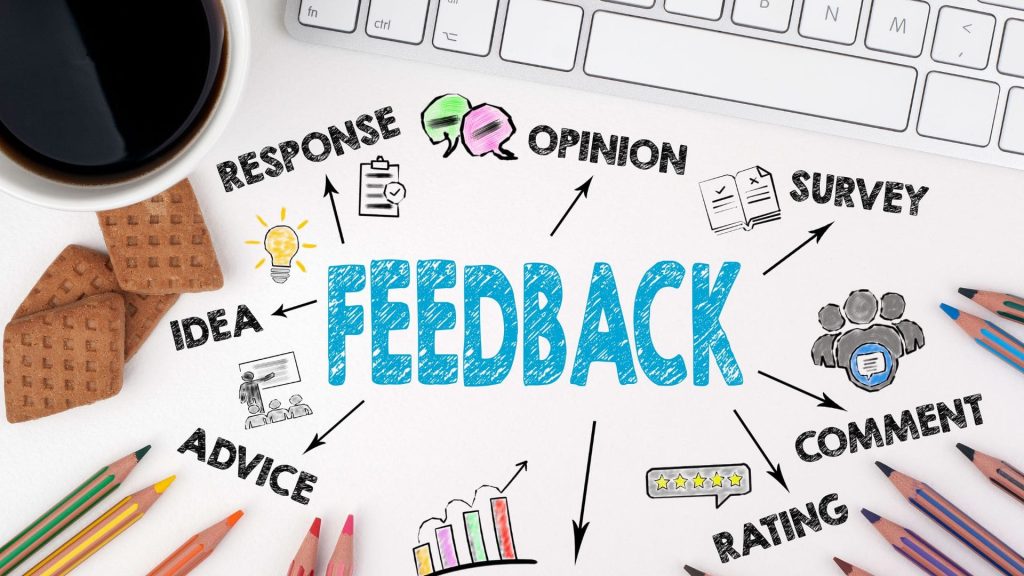
How to Turn Conflict into Growth? Strategies for Resolution!
Conflict is an important part of human interactions, whether in personal relationships, workplaces, or broader societal contexts. Conflict is often perceived negatively, but note that it can be a powerful catalyst for growth and positive change when managed effectively.
In this article I would discuss some strategies for transforming conflict into opportunities for personal, professional, and communal development. We would suggest you to read on this guide if you want to avoid conflicts and enjoy growth opportunities.
What is a Conflict?
Before diving into strategies, it’s important to understand the nature of conflict. Conflict arises from differences in opinions, values, needs, or interests between individuals or groups.
It can result into minor disagreements or can sometimes escalate into major disputes. The key to converting conflict into growth opportunities lies in shifting your perspective and approach.
For that you need to have a growth mindset. This mindset is actually the belief that your abilities as well as intelligence can be developed through dedication and hard work.
Applying a growth mindset to conflict involves viewing disputes as opportunities to learn and improve rather than threats to group’s harmony.
Strategies for Turning Conflict into Growth
Here I have discussed some of the most useful strategies that can help you turn conflicts into opportunities for growth.
- Promote Open Communication
Open communication is the extremely important for resolving conflict in a very constructive manner.
When a conflict arises in your company or in your personal workgroup it is important that you encourage all parties to listen actively. This is important as it would help them understand the perspective, feelings, and opinions of others.
This doesn’t just involves listening to words but also understanding the underlying emotions. This practice would build empathy and would also reduce misunderstanding.
You must also urge your team to articulate/explain their emotions in a respectful manner. This would promote transparency and would reduce any chances of resentment.
Understand that when people feel heard, they are more likely to engage in conversations.
- Find Common Ground
You have to find common ground if you want to resolve conflicts and transform parties having a difference of opinion into collaborators.
You have to find out what both parties have in common. A shared objective can work as a foundation for collaboration and compromise. For instance, in a workplace conflict, both parties might be willing to achieve project success but through different strategies.
You have to work with the parties to find solutions that would be mutually beneficial for them. This strategy would help you promote a sense of partnership amongst them. You can initiate brainstorming ideas where all ideas and opinions are considered.
This can lead to innovative solutions that satisfy all parties.
- Develop Emotional Intelligence
When it comes to managing conflicts and turning them into opportunities, it is very important that you develop emotional intelligence. For this you would have to promote both self-awareness and empathy.
You have to encourage individuals involved in the conflict to recognize their emotions and be aware of their triggers. Self-awareness can prevent them from giving subtle reactions and instead give thoughtful responses.
Reflecting on past conflicts and personal reactions can help a great deal in enhancing self-awareness.
You also have to teach your team to be empathetic. This means listening to opinions of others. Empathy can easily de-escalate tensions and build connections.
Many group leaders and managers would practice role playing exercises that would allow their team members to put themselves into other’s shoes.
- Use Conflict Resolution Techniques
By using structured techniques, you can easily guide parties in the conflict towards a resolution and conclusion. Two of the most popular techniques include meditation and negotiation.
Mediation: Involving a neutral third party can help facilitate discussions and guide parties toward a resolution. Mediators can help clarify misunderstandings and keep the conversation focused on finding solutions.
Negotiation: Encourage fair and open negotiation, where all parties feel heard and respected. This can lead to more sustainable and satisfactory outcomes. Effective negotiation involves preparation, understanding the needs of all parties, and seeking win-win solutions.
- Create a Positive Environment
A positive environment is very important for avoiding conflicts on the first place. Note that a positive environment is also going to make resolution easier for team leaders.
You need to develop a culture where respect for diverse opinions and constructive feedback is the normal routine not a choice. This can reduce the frequency and intensity of conflicts. Celebrating diverse opinions and encouraging open dialogue can easily pave way for a respectful culture.
You need to provide opportunities for individuals to develop conflict resolution and communication skills through training and workshops. Learning and development programs can equip individuals with the skills needed to handle conflicts professionally.
Example of Conflict Resolution in Workplace!
Scenario: A team in a marketing firm is divided over the direction of a new campaign. The creative team wants to take a bold, innovative approach, while the sales team prefers a more traditional strategy.
Resolution of Conflict:
- Open Communication: The team holds a series of meetings where each side presents their ideas and concerns without interruption.
- Common Ground: They identify shared goals, such as increasing brand awareness and driving sales.
- Collaborative Problem-Solving: By combining elements of both approaches, they develop a campaign that is both innovative and is supported by proven strategies.
Reflection: After the campaign’s launch, the team reviews the process, acknowledging the strengths of each approach and the benefits of collaboration
More Articles to Read
Conflict, when approached with a growth mindset and effective strategies, can be a powerful driver of personal and collective growth of a company. In this guide I have explained in detail the different strategies following you can easily cope up with conflicts that arise among your team members.
By focusing on open communication, finding common ground, developing emotional intelligence, implementing conflict resolution techniques, and promoting a positive environment you can transform conflicts into opportunities for learning and improvement.
You need to understand that rather than fearing conflict, we can learn to resolve it with resilience and creativity. This would ultimately lead to stronger relationships and a more positive & productive workplace.




